Discover the Versatile World of Minecraft Flowers: A Comprehensive Guide
This guide explores the unique properties and uses of various Minecraft flowers, from crafting dyes to landscape decoration.
Table of Contents
- Poppy
- Dandelion
- Allium
- Rose Bush
- Wither Rose
- Peony Bush
- Lily of the Valley
- Tulip
- Azure Bluet
- Blue Orchid
- Cornflower
- Torchflower
- Lilac
- Oxeye Daisy
- Sunflower
Poppy
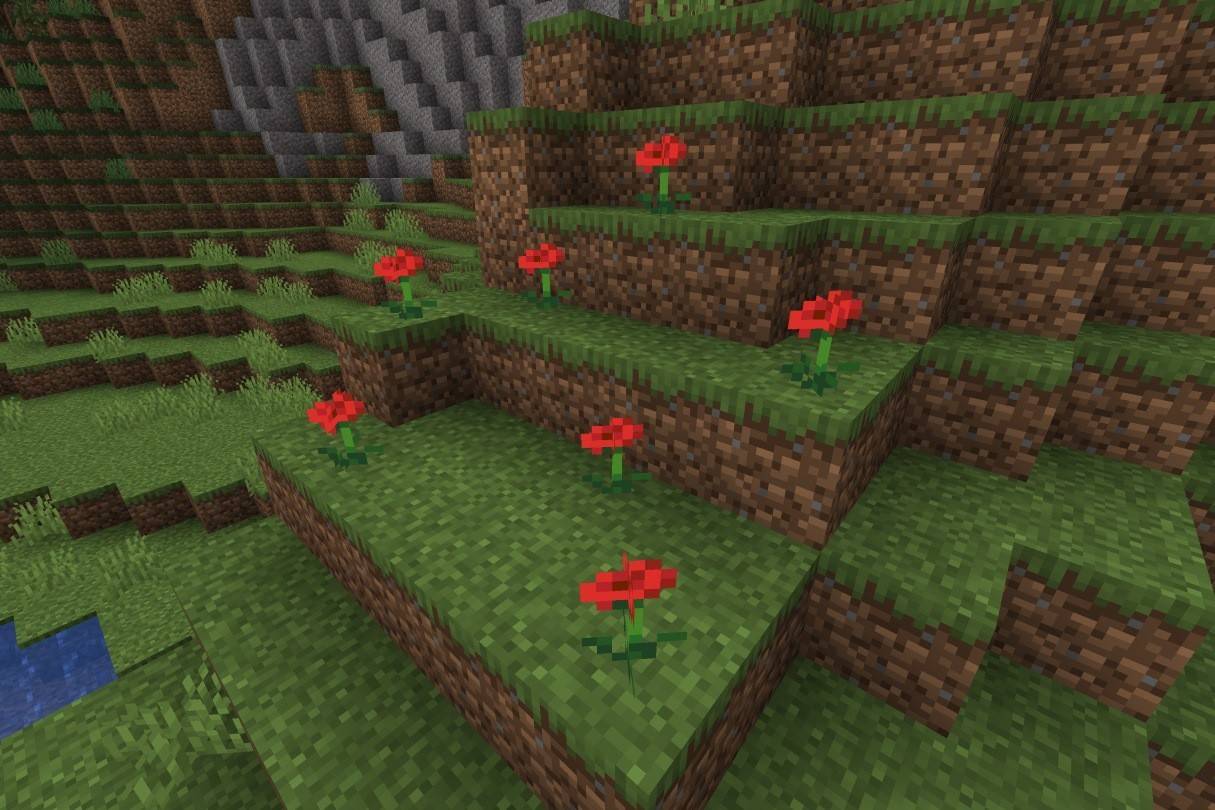 Image: ensigame.com
Image: ensigame.com
Replacing the original rose and cyan flowers, poppies are readily found in various biomes and even dropped by Iron Golems. Their primary function is crafting red dye, essential for coloring banners, beds, wool, sheep, and wolf collars.
Dandelion
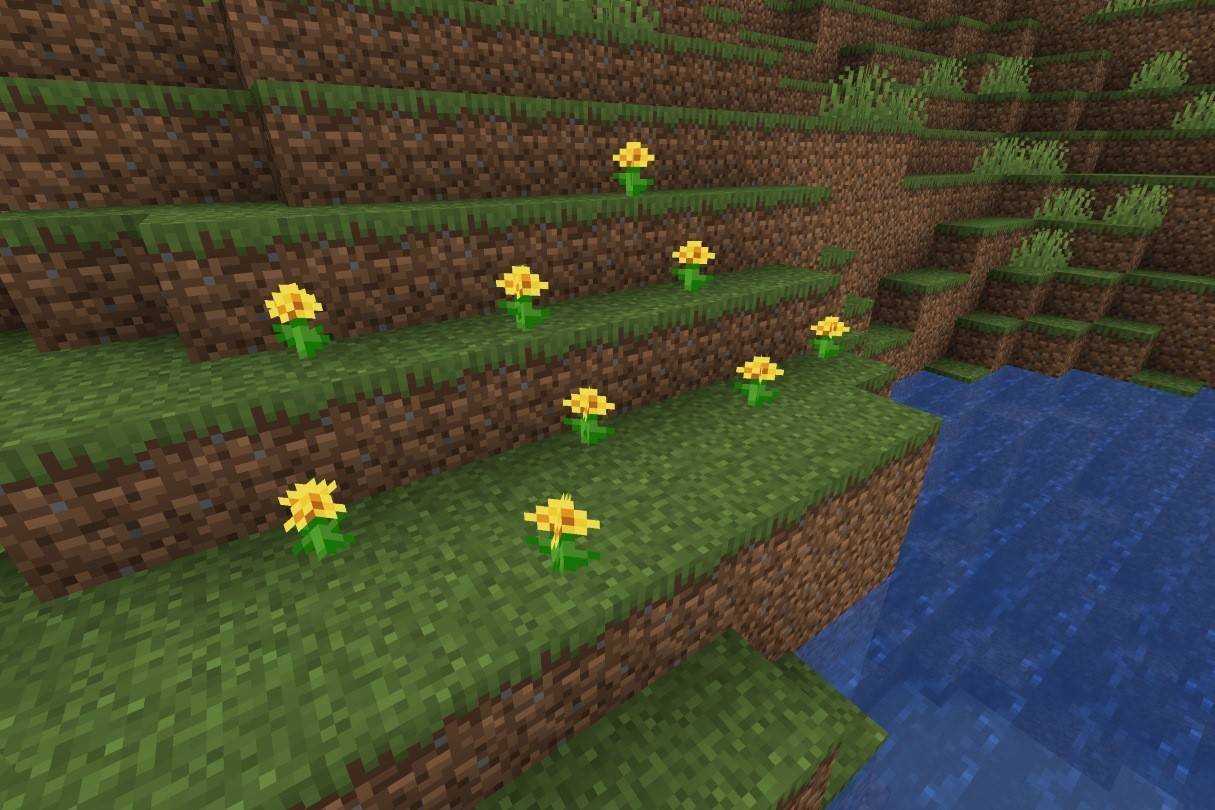 Image: ensigame.com
Image: ensigame.com
These bright yellow flowers, absent from marshes and ice plains, are a key source of yellow dye. While producing only one dye unit, they add a cheerful touch to banners and other decorative items. Sunflowers, however, yield double the dye.
Allium
 Image: ensigame.com
Image: ensigame.com
Alliums, stunning purple flowers found in flower forests, create magenta dye. This dye is crucial for recoloring mobs and crafting magenta stained glass, terracotta, and wool.
Rose Bush
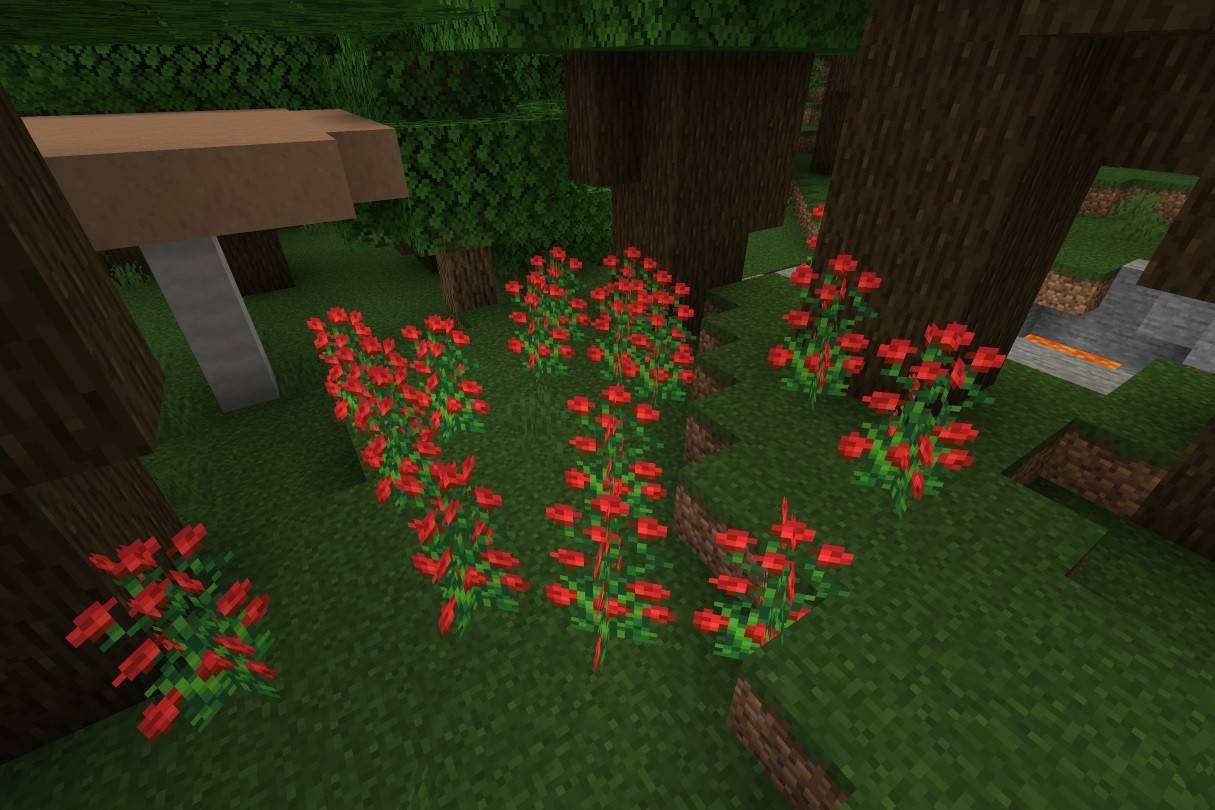 Image: ensigame.com
Image: ensigame.com
These tall, red flowers, common in wooded biomes, provide red dye. Unlike the dangerous wither rose, rose bushes are a safe and visually appealing addition to any landscape, useful for dyeing wool, banners, beds, and leather armor.
Wither Rose
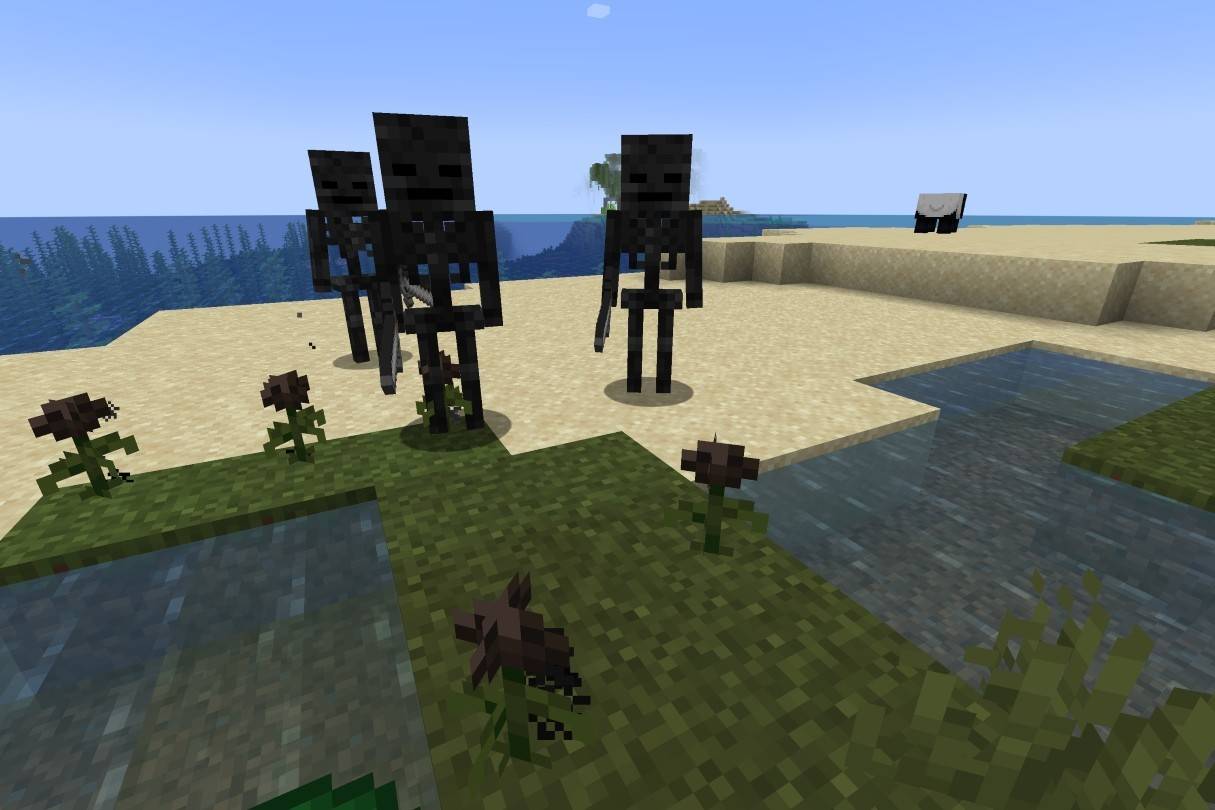 Image: ensigame.com
Image: ensigame.com
A rare and dangerous flower, the wither rose spawns from Wither kills or occasionally in the Nether. Contact inflicts the Wither effect, but this can be countered with milk. It's used to create black dye and is a component in firework stars and black concrete powder.
Peony Bush
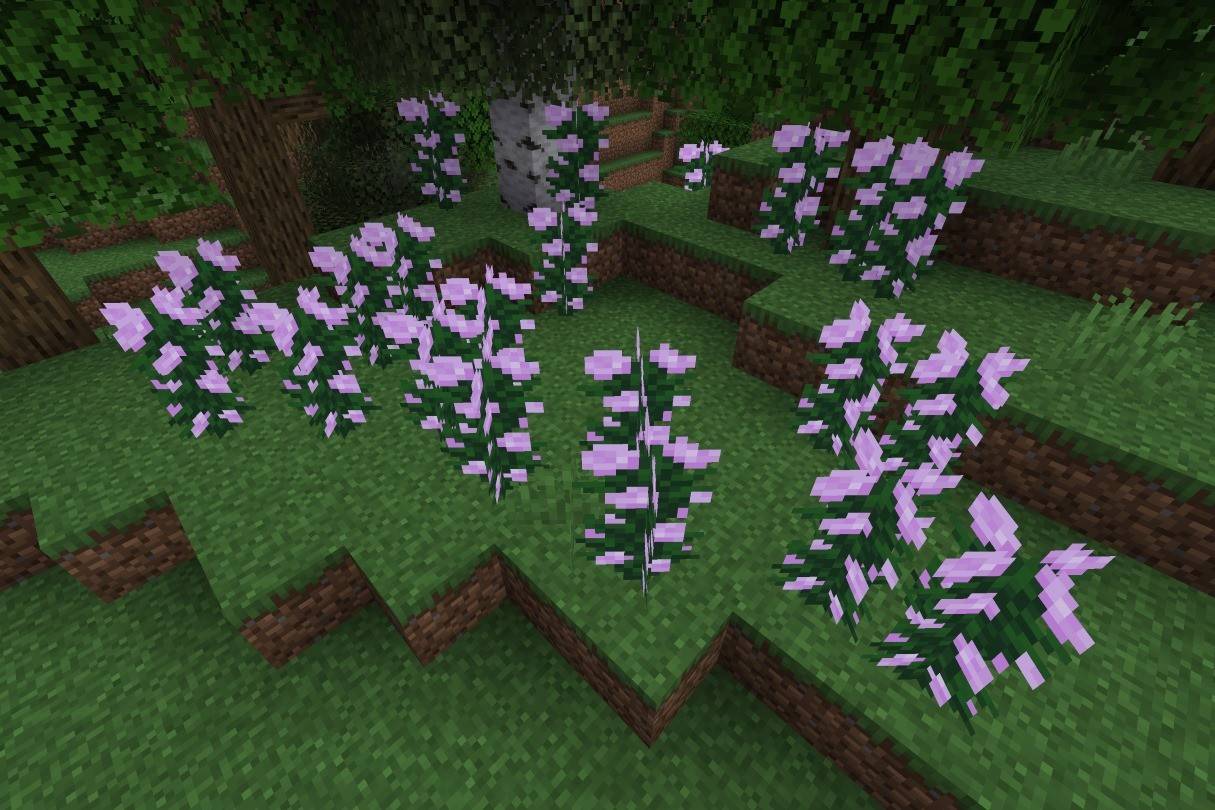 Image: ensigame.com
Image: ensigame.com
These tall, pink flowers, thriving in woodlands, yield pink dye (also craftable from red and white dye). They can be propagated with bone meal, offering a readily renewable source of pink dye for wool, stained glass, terracotta, and wolf collars.
Lily of the Valley
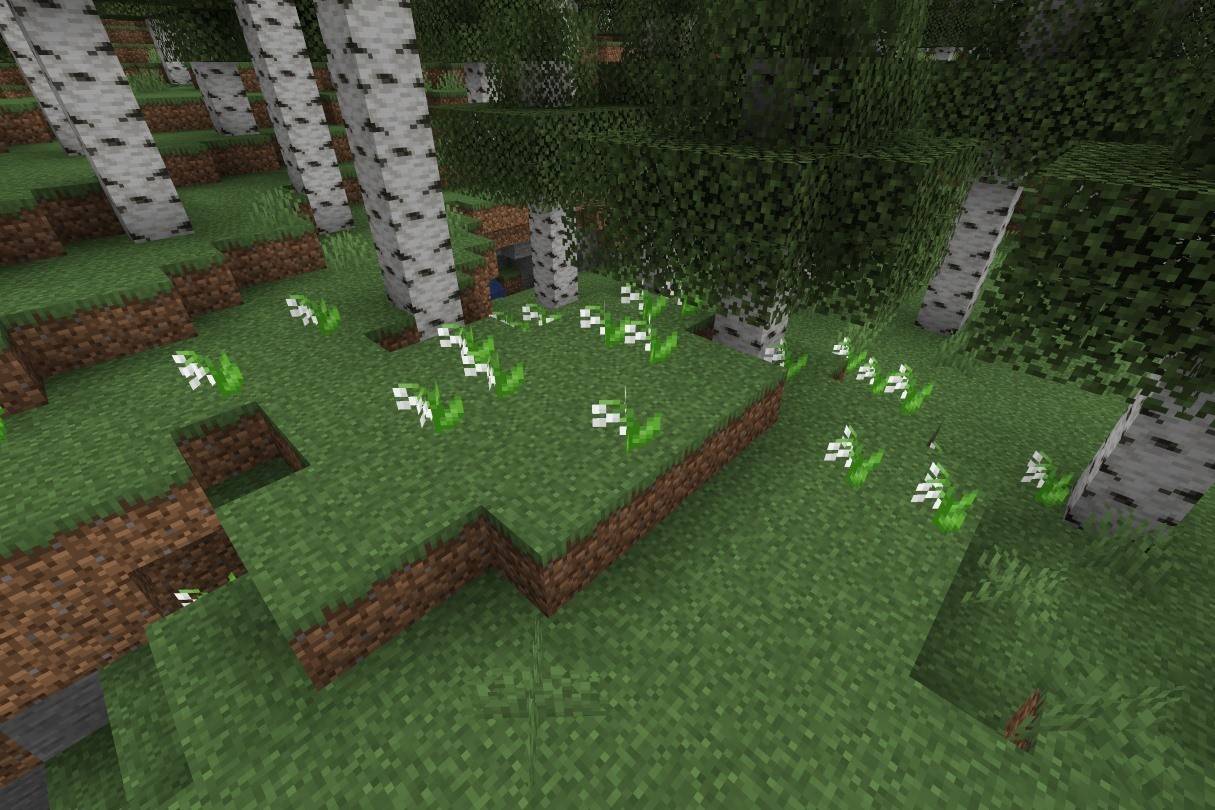 Image: ensigame.com
Image: ensigame.com
Found in forests and flower forests, the Lily of the Valley produces white dye, a base for many other colors, including gray, light gray, light blue, lime, magenta, and pink.
Tulip
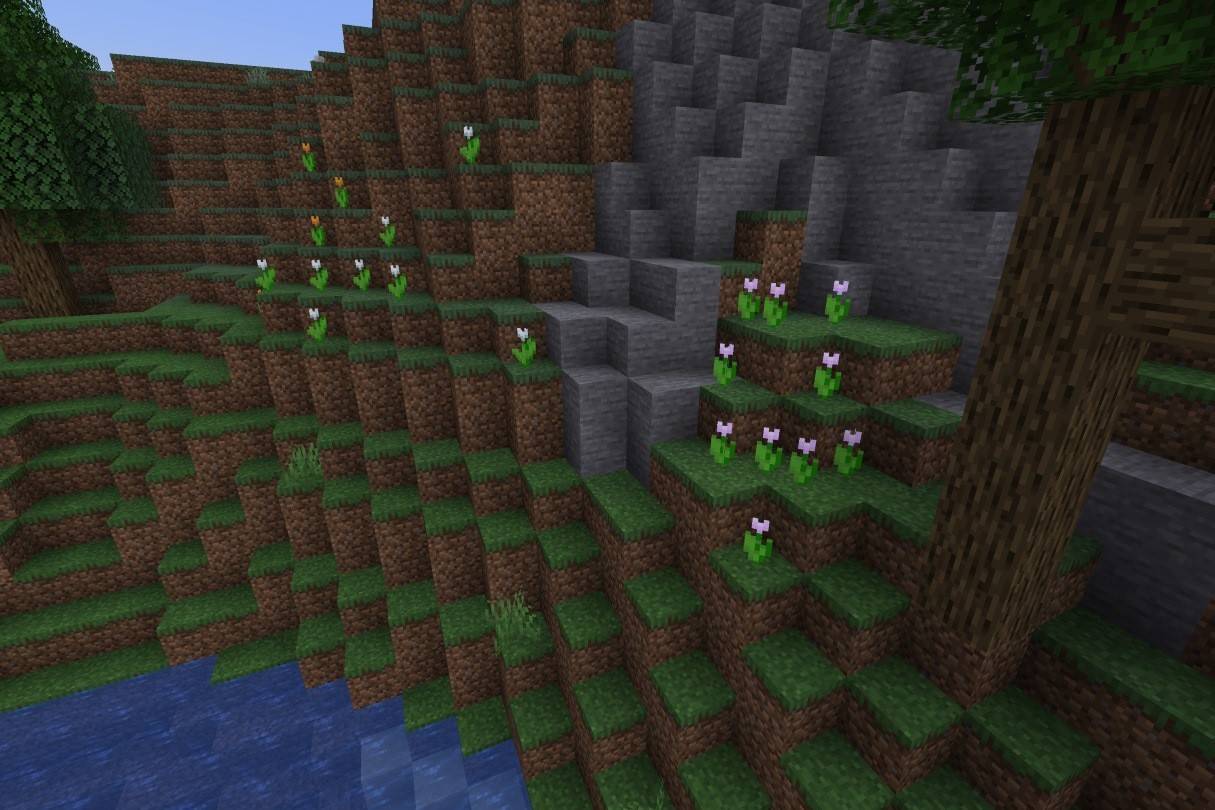 Image: ensigame.com
Image: ensigame.com
Tulips, found in plains and flower forests, come in red, orange, white, and pink varieties, each yielding a corresponding dye.
Azure Bluet
 Image: ensigame.com
Image: ensigame.com
This small, white and yellow flower, found in grasslands, sunflower plains, and flower forests, is used to create light gray dye.
Blue Orchid
 Image: ensigame.com
Image: ensigame.com
A rare flower found in swamps and taigas, the blue orchid provides light blue dye.
Cornflower
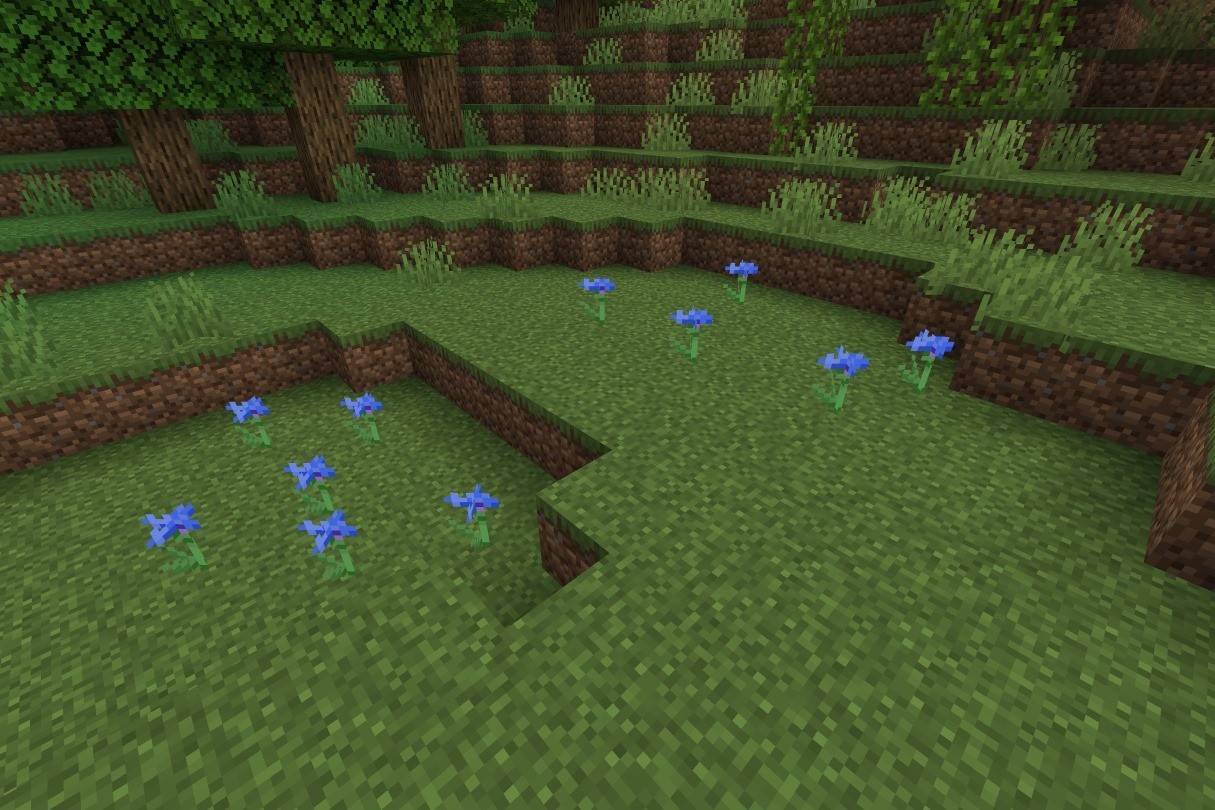 Image: ensigame.com
Image: ensigame.com
These blue flowers, common in plains and flower forests, are used to create blue dye.
Torchflower
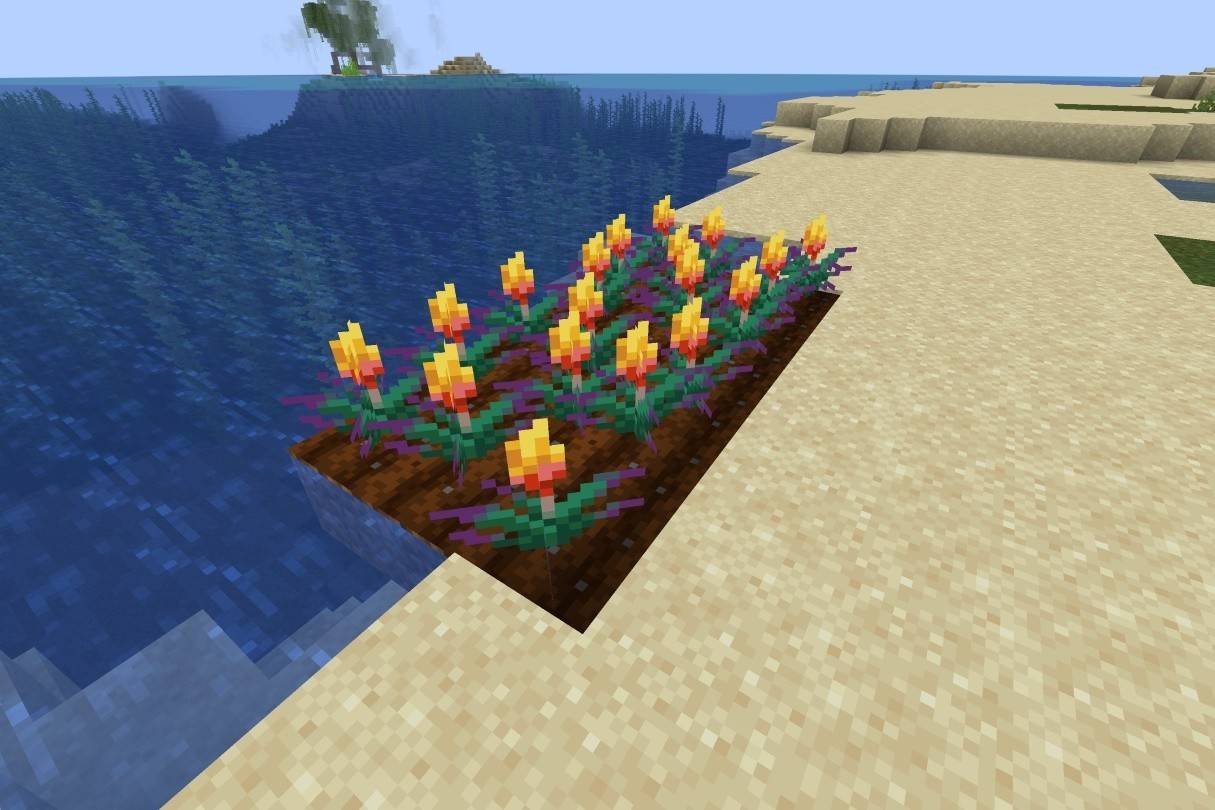 Image: ensigame.com
Image: ensigame.com
Grown from seeds, torchflowers yield orange dye. Note the differences in behavior between Java and Bedrock Editions regarding propagation.
Lilac
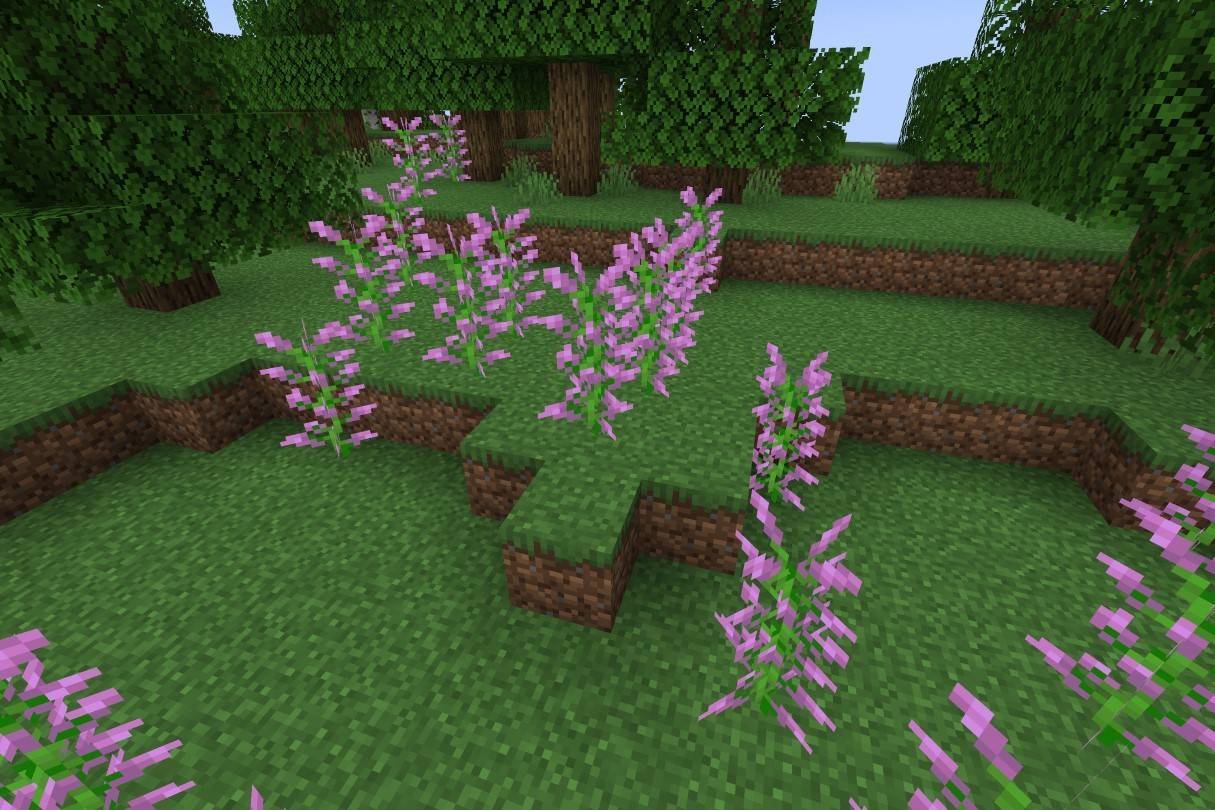 Image: ensigame.com
Image: ensigame.com
These tall, light-purple flowers, found in various forest biomes, are used to make magenta dye.
Oxeye Daisy
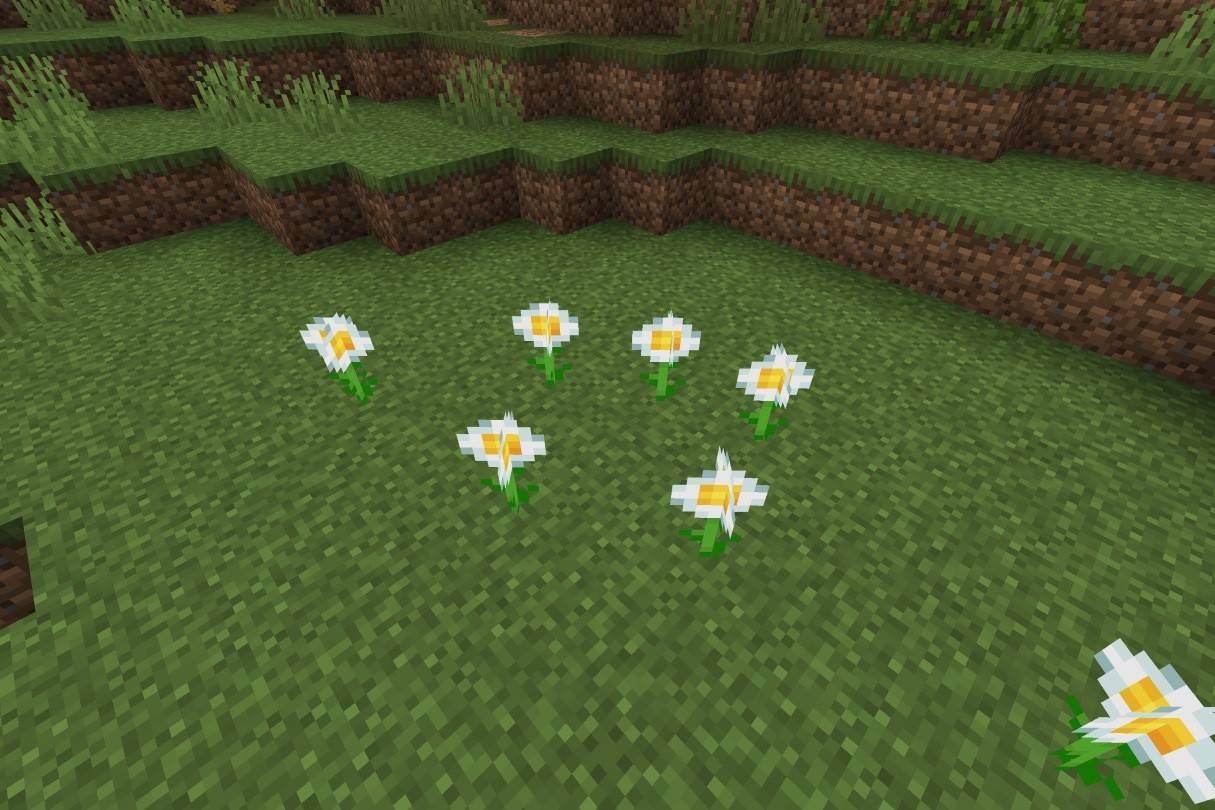 Image: ensigame.com
Image: ensigame.com
This white flower with a yellow center, found in plains biomes, creates light gray dye.
Sunflower
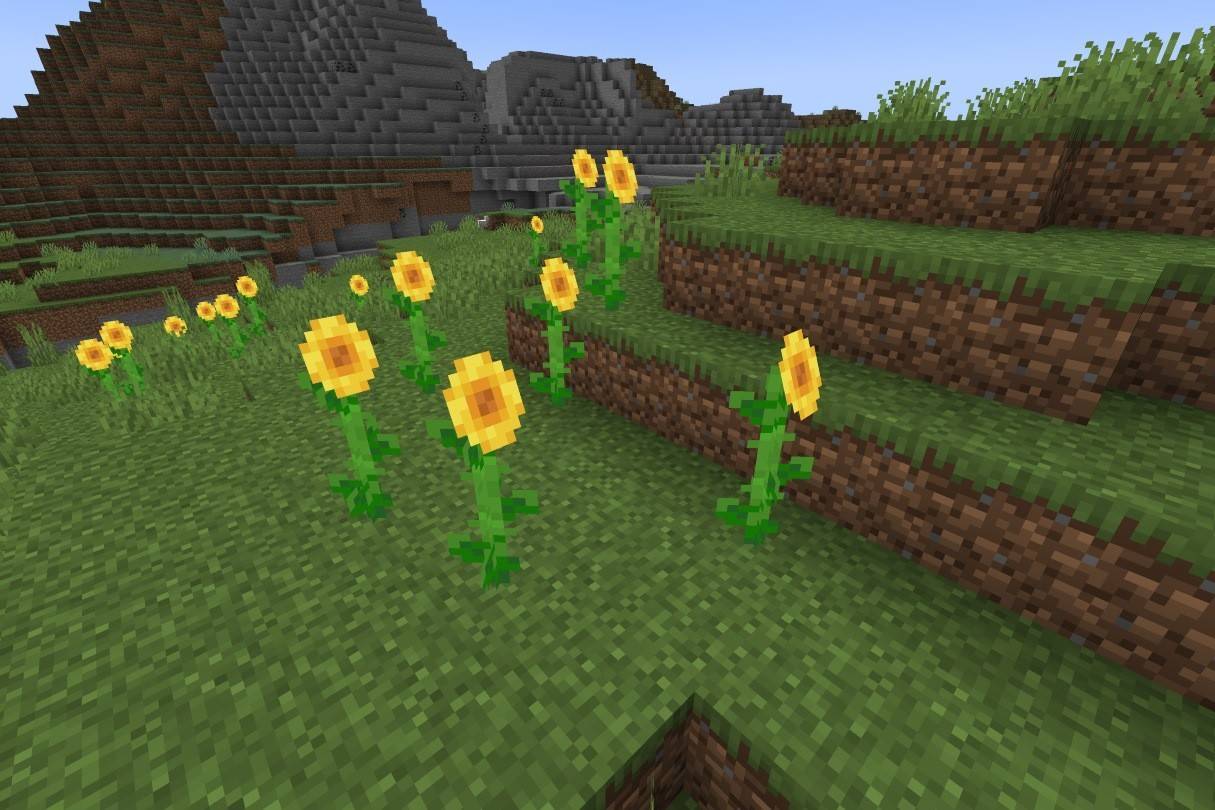 Image: ensigame.com
Image: ensigame.com
These tall flowers, found in sunflower plains, produce yellow dye and are known for their east-facing orientation.
This guide provides a comprehensive overview of Minecraft flowers and their diverse applications. Explore, experiment, and unlock their full potential!








